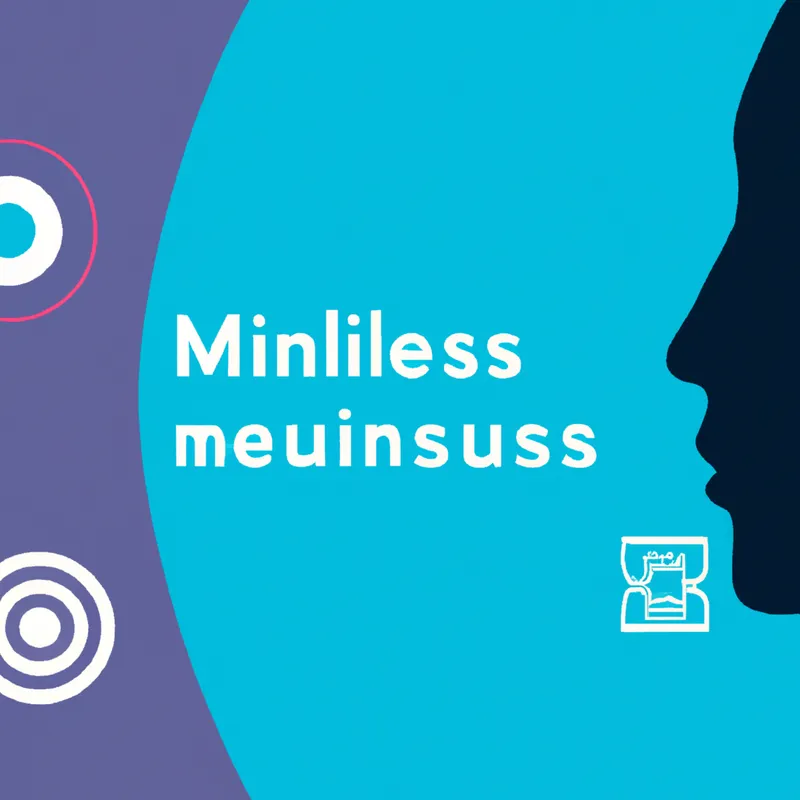Discover Mindfulness: A Game Changer for Pain Relief
The Science Behind Mindfulness and Its Effects on Chronic Pain Management
Chronic pain affects millions worldwide. It can arise from conditions like arthritis, fibromyalgia, and past injuries. Many individuals seek relief through medications or surgeries, but these options often fall short or cause side effects. Mindfulness offers an alternative. Research shows that mindfulness can significantly alleviate chronic pain. This blog post explores mindfulness and its effects on pain management.
What is Mindfulness?
Mindfulness means staying present. It involves focusing on the current moment without judgment. This practice encourages awareness of thoughts, feelings, and bodily sensations. Practicing mindfulness helps individuals manage stress and pain. Studies show that mindfulness alters brain activity, enhances emotional regulation, and decreases pain perception.
How Does Mindfulness Work?
Practicing mindfulness engages the brain differently. Neuroscientific studies reveal that mindfulness affects brain areas linked to pain perception. For instance, it reduces activity in the primary somatosensory cortex, which processes pain signals. Decreasing its activity helps lower pain perception.
Mindfulness also affects the brain’s emotional response to pain. It enhances connectivity between brain regions involved in emotional regulation. This improved connection helps individuals respond to pain with less fear and anxiety. Consequently, they feel more in control over their pain.
Tips for Practicing Mindfulness
Starting a mindfulness practice can be simple. Here are some tips to help you begin:
1. **Begin with Breathing Exercises**
Focus on your breath for a few minutes daily. Inhale deeply through your nose, then exhale slowly through your mouth. This practice calms your mind and body.
2. **Incorporate Mindfulness into Daily Activities**
Be mindful during routine tasks. Whether eating, walking, or washing dishes, pay attention to your movements and sensations. Notice the colors, textures, and smells around you.
3. **Use Guided Meditations**
Many apps and online resources offer guided meditations. These tools help you stay focused and provide structured practice. Consider using them to deepen your mindfulness experience.
4. **Practice Gratitude**
Reflect on what you are grateful for each day. This practice shifts your focus away from pain and fosters a positive mindset.
Advice for Managing Chronic Pain with Mindfulness
Integrating mindfulness into your chronic pain management strategy can be effective. Here are some tips to consider:
1. **Set Realistic Goals**
Understand that mindfulness is a skill. It takes time and practice to develop. Set achievable goals, such as practicing for 5-10 minutes daily.
2. **Be Patient with Yourself**
Pain management is a journey. Some days will be easier than others. Be gentle with yourself and recognize that progress may not be linear.
3. **Seek Support**
Join a mindfulness group or class. Connecting with others provides motivation and accountability. Sharing experiences can enhance your practice.
Benefits of Mindfulness for Chronic Pain
Mindfulness offers numerous benefits for chronic pain management. Research indicates that mindfulness leads to substantial improvements in quality of life. Here are key benefits:
1. **Reduced Pain Intensity**
Many studies show that mindfulness significantly lowers chronic pain intensity. Participants report feeling more in control and less overwhelmed by pain.
2. **Enhanced Emotional Well-Being**
Mindfulness promotes emotional resilience. It can lower anxiety and depression levels, which often accompany chronic pain.
3. **Improved Coping Strategies**
Mindfulness cultivates better coping mechanisms. Individuals learn to respond to pain with acceptance rather than resistance. This shift makes pain more manageable.
4. **Better Sleep Quality**
Chronic pain often disrupts sleep. Mindfulness improves sleep quality by reducing stress and promoting relaxation. Better sleep contributes to overall well-being.
Conclusion
Mindfulness serves as a powerful tool for managing chronic pain. The science shows that mindfulness alters pain perception and enhances emotional well-being. By incorporating mindfulness into your daily routine, you can experience significant benefits. Start with simple breathing exercises or join a group; every step matters. Remember, patience and consistency are key. Embrace the mindfulness journey and transform your relationship with pain.
Below are related products based on this post:
FAQ
What is the primary benefit of practicing mindfulness for chronic pain management?
The primary benefit of practicing mindfulness for chronic pain management is its ability to significantly reduce pain intensity. Research indicates that individuals who engage in mindfulness practices often feel more in control of their pain and report a lower overall experience of pain. Additionally, mindfulness enhances emotional well-being, which can further improve one’s quality of life.
How can someone start incorporating mindfulness into their daily routine?
To start incorporating mindfulness into your daily routine, you can begin with simple breathing exercises, focusing on your breath for a few minutes each day. Additionally, try to be mindful during everyday activities, such as eating or walking, by paying attention to your senses and surroundings. Using guided meditations available through various apps can also help structure your practice and keep you focused.
Is mindfulness a quick fix for chronic pain?
No, mindfulness is not a quick fix for chronic pain. It is a skill that requires time and practice to develop. Setting realistic goals and being patient with yourself are essential as you work on integrating mindfulness into your pain management strategy. Progress may vary from day to day, and it’s important to recognize that it is a journey.















Post Comment